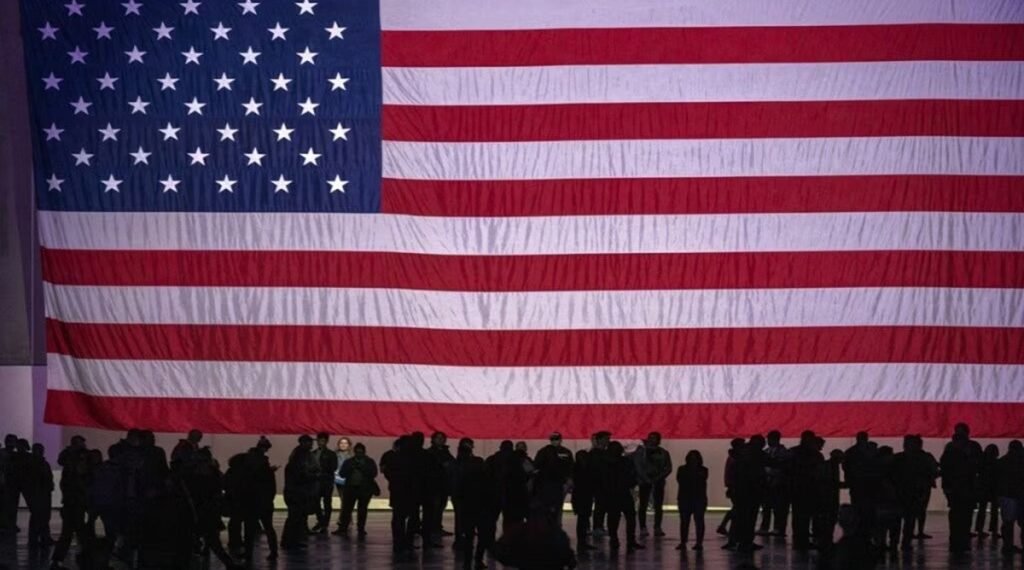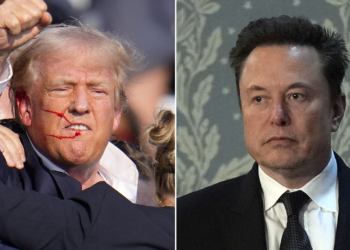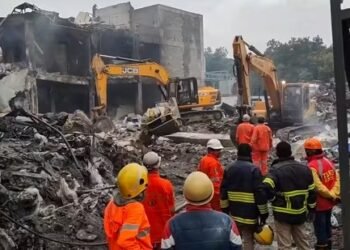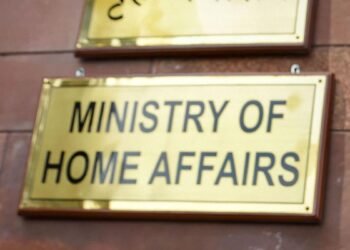Indian citizens hoping for permanent residency in the US via the EB-5 visa face a growing hurdle. The latest State Department update shows a major retrogression in visa availability, extending the wait for many. This development occurs as the Trump administration’s “America First” approach continues to reshape US immigration.
BY PC Bureau
April 13, 2025: The American dream is becoming increasingly elusive for many Indians seeking US residency, as the latest Visa Bulletin from the US Department of State reveals significant setbacks in the employment-based green card process. The May 2025 bulletin shows a substantial retrogression in the EB-5 (Employment-Based Fifth Preference) category for Indian applicants.
Specifically, the EB-5 Unreserved category for Indian nationals has regressed by over six months, with the cutoff date now set at May 1, 2019. In contrast, the cutoff date for Chinese applicants remains at January 22, 2014. The State Department attributed this retrogression to “high demand and number use by India” combined with increased demand from other countries, necessitating a move to stay within the fiscal year 2025 annual limits.
Other Visa Category Updates:
- EB-1 (Employment-Based First Preference): No change for India (February 2, 2022) or China (November 8, 2022). All other countries remain current.
- EB-2 (Employment-Based Second Preference): No change for India (January 1, 2013) or China (October 1, 2020). All other countries’ cutoff date is June 22, 2023.
- EB-3 (Employment-Based Third Preference): India’s cutoff date advances by two weeks to April 15, 2013, while China’s remains November 1, 2020. All other countries’ cutoff date is January 1, 2023.
- EB-3 Other Workers: India’s cutoff date aligns with the general EB-3 category at April 15, 2013. China’s is April 1, 2017, and all other countries remain at May 22, 2021.
The Visa Bulletin also outlined the annual limits for family-sponsored (226,000) and employment-based (at least 140,000) preference immigrants for fiscal year 2025. The per-country limit is set at 7% of the total preference limits (25,620), and the dependent area limit is 2% (7,320).
U.S Visa Crisis: 300,000 Indians Under No Job Risk, New Trump Bill To End Post-study Work Permit https://t.co/hvNGYivxqk … see the pattern?
— I DISSENT @theLadyArcher77 🏹 (@TheLadyArcher77) April 9, 2025
Also read: Nagaland Youth Issue Ultimatum in Mhaikam Rape-Murder Case
Understanding Visa Retrogression:
The monthly Visa Bulletin sets cutoff dates to determine applicant eligibility for adjusting immigration status or obtaining permanent residency. Generally, applicants with a priority date earlier than the listed cutoff date can proceed. Retrogression occurs when demand exceeds the available visas in a specific category or for a particular country, often happening towards the end of the fiscal year as limits are approached.
Impact of Trump’s Immigration Policies:
Since President Donald Trump’s return to the White House in January 2025, immigration policies have again become a central political issue. The “America first” agenda of the Republican party is significantly shaping discussions on who can enter and remain in the United States. While the administration has focused on tightening borders against illegal immigration, these policies are also impacting the landscape of high-skilled immigration pathways.
ALSO READ: Meetei Body Slams Centre’s Handling of Manipur Strife













